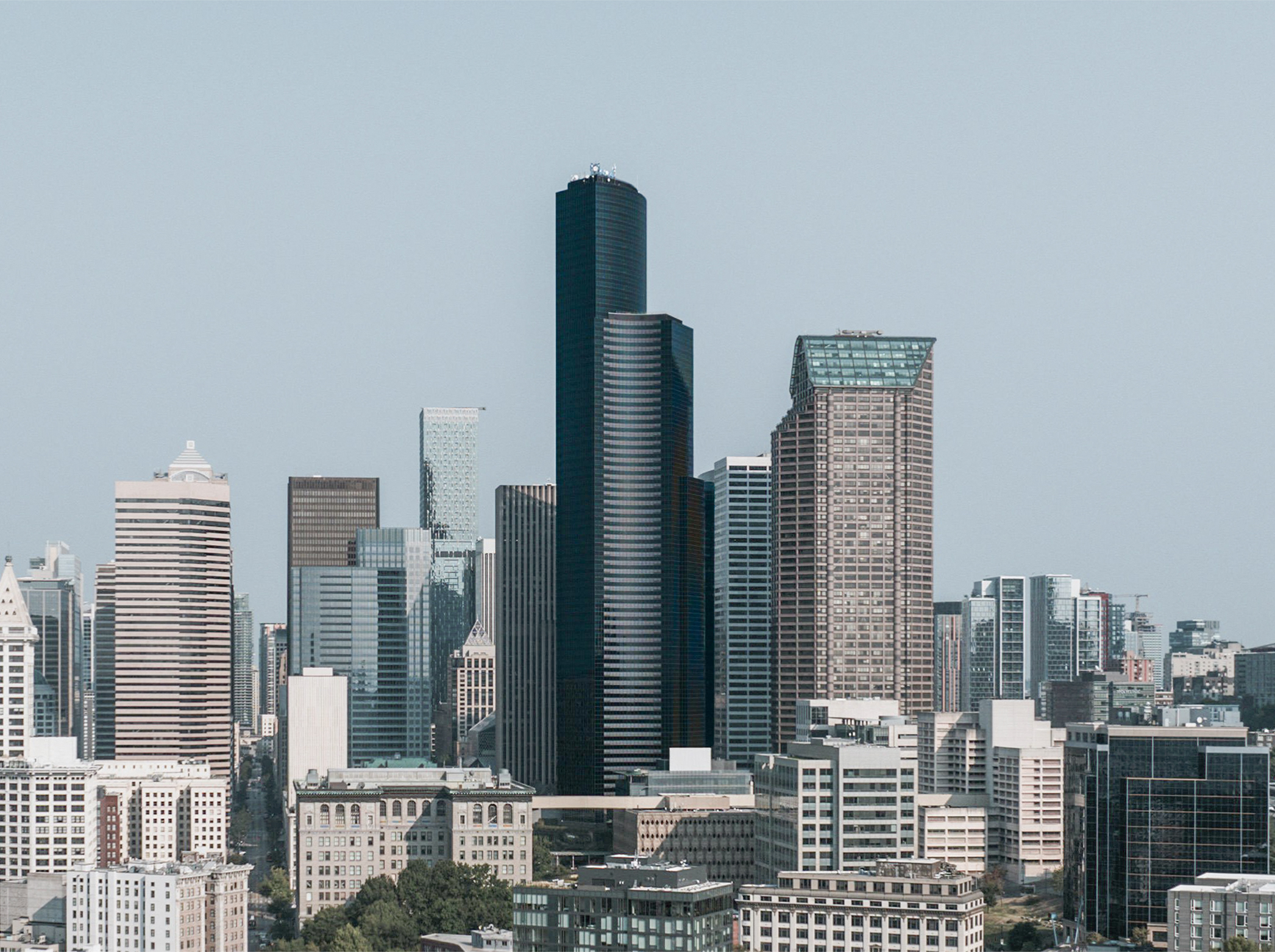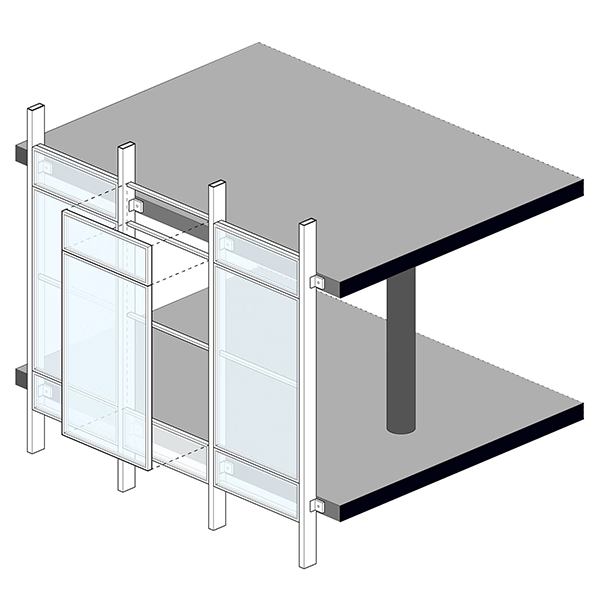The Columbia Center is a Modern Style skyscraper designed by Chester Lindsey Architects, and built between 1982 and 1985, for a reported $200 million dollars, in Seattle, WA.
Columbia Center is not the only name you might know this building by though. It is common for companies to want to attach their names to iconic buildings when they move in, or for the general public to come up with nicknames, and this one is no exception. The building has changed names several times over the years, and is also known as:
- Bank of America Tower between 1985 and 2005.
- Columbia Seafirst Center.
Its precise street address is 701 5th Avenue, Seattle, WA. You can also find it on the map here.
The building has been restored 2 times over the years to ensure its conservation and adaptation to the pass of time. The main restoration works happened in 2013 and 2018.

